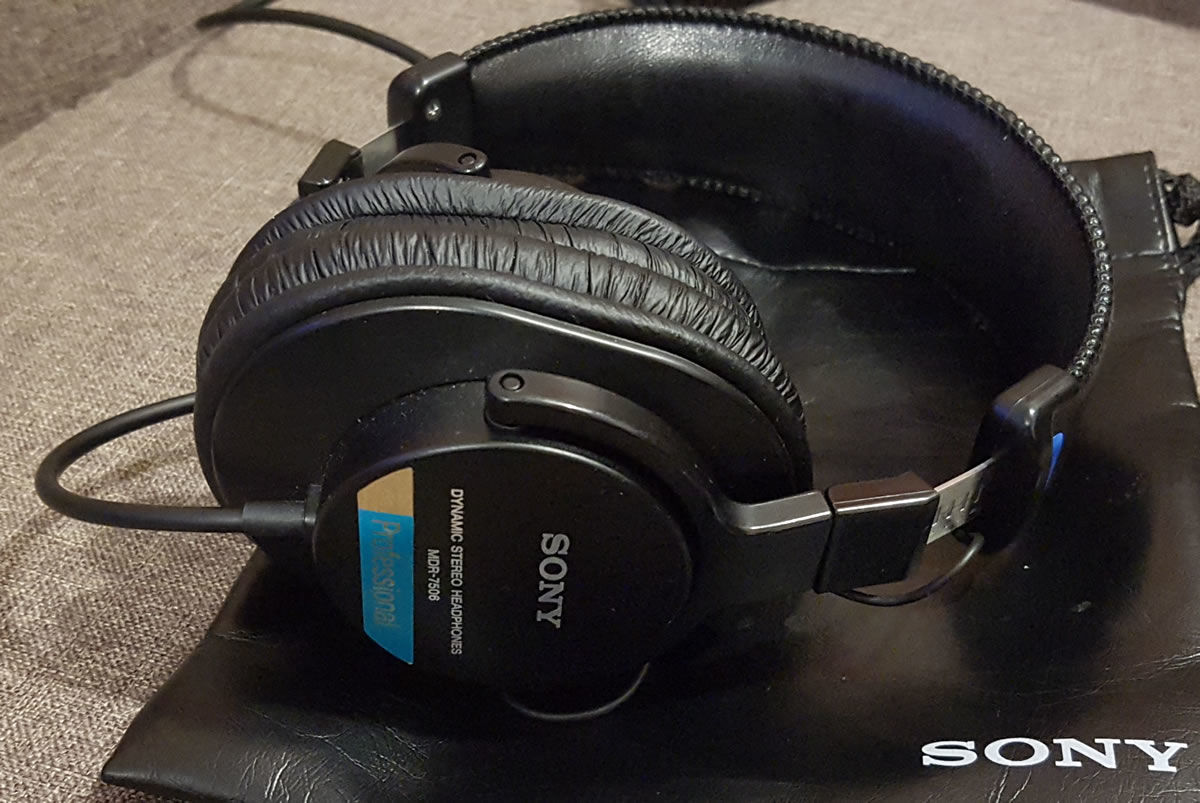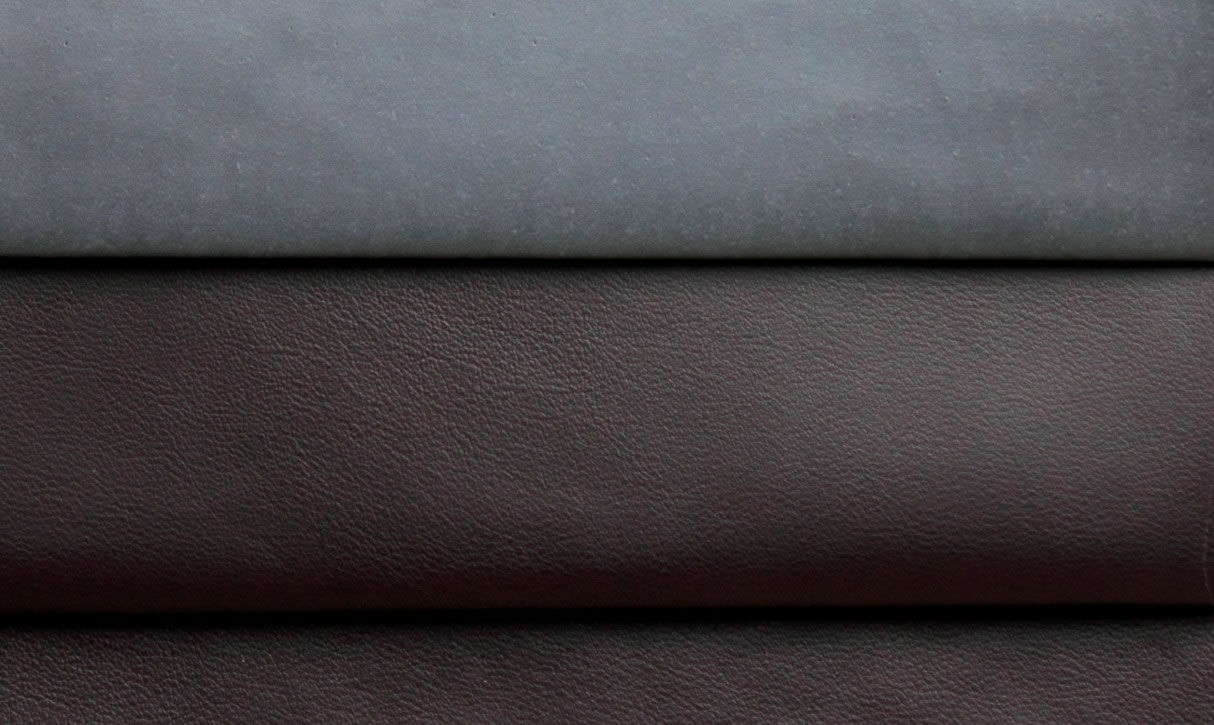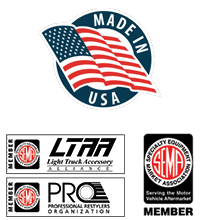Leather is a stylish and trendy fabric that is applicable in many areas from fashion to furniture to car interiors. However, it’s also very expensive, and many people tend to dislike it on the basis that it comes from cow skin. An affordable and cruelty-free version of leather, pleather, was created by DuPont in 1963 and became widely available soon after.
Contents
What is Pleather?
A combination of the words “plastic” and “leather,” pleather is a synthetic fabric that is designed to look and feel like real leather. Utilizing plastic made from either PVC or polyurethane, it is molded and textured to mimic leather and then attached to a fabric backing for easy application to a wide variety of products. While there are many different types of pleather designed for specific uses and made from other materials, such as cork tree bark and kelp, they are usually referred to as either pleather or faux leather. Other common names include:
- Vegan Leather
- Imitation Leather
- Synthetic Leather
- Vinyl Leather
- Leatherette
- PU Leather
- What is vegan leather?
Where is Pleather Used?
Anywhere leather is used, pleather can be used as a substitute. Pleather is used in clothing, furniture upholstery, car seats (and seat covers), laptop cases, footwear, belts, purses, wallets, and much more. Pleather is preferred by manufacturers, in many cases, because it is less expensive, easier to use, and more versatile than leather.
The Advantages of Pleather
Pleather has gained massive popularity in recent decades due to the many advantages that it has over traditional leather.
Animal-Friendly
Since pleather does not use animal products of any kind in its production, it is more animal-friendly than leather. This fact not only makes pleather preferred by animal lovers, but it also allows vegans to enjoy the look and feel of leather goods without violating their core beliefs.
Environmentally-Friendly
While this seems counter-intuitive given that plastic usually isn’t eco-friendly, many pleather manufacturers create and distribute their goods in very environmentally-friendly ways. Pleather is commonly made from recycled plastic or natural alternatives such as tree bark, kelp and even fruit and vegetable skins. The only exception to this benefit is PVC. Some pleather products are made from PVC, and PVC can’t be recycled.
Cost-Effective
Pleather is much cheaper to make than leather. Both the costs of the plastic and the fabric it’s adhered to are cheaper to manufacture than leather. The process of creating leather from cow hides is long and requires a lot of additional materials, chemicals and labor. Getting high quality craftsmanship in leather goods requires more specialized workers and even longer processes.
Since the manufacturers are saving money by opting to create and use pleather instead of leather, the consumer can save significantly on their products. On average, pleather goods cost about 20 to 30 percent less than genuine leather products. In addition, because leather is so highly regarded as a fashion statement and status symbol, leather companies tend to mark up genuine leather products far more than companies that use pleather.
Variety
Unlike leather, which comes in a very limited amount of colors, pleather can be dyed and styled in a wide variety of colors and patterns. This not only allows companies to widen their consumer base by providing them with more options, but it’s also beneficial to consumers by allowing them to pick and choose whatever colors and patterns they desire.
This is especially beneficial in the area of fashion. While black is known for going with any outfit and that is one of the most common colors of genuine leather, the wider color range of pleather allows for more freedom with its design and utilization in an endless amount of outfits.
Low Maintenance
Pleather is very easy to clean and doesn’t need cleaning often. In addition, you can use a damp towel or regular household upholstery cleaner on pleather without worrying about it becoming discolored or damaged as genuine leather would. Pleather doesn’t crack or scuff as easily as leather, and it doesn’t discolor in UV rays as leather does.
Waterproof
A frequent concern people have with leather is the damaging effects water can have on it. Simply getting caught in the rain on your way home can be disastrous for your leather products. Leather relies on oils to stay flexible and strong. Water washes away these oils and makes leather discolored and brittle. If a leather product has gotten wet enough times and it wasn’t properly dried and conditioned as soon as possible, the item could be completely ruined.
Pleather, however, is waterproof. The plastic doesn’t absorb water, and it doesn’t rely on oils to maintain its flexibility and integrity. Faux leather products that don’t utilize plastic are also water-resistant. They rely on a topcoat to maintain their resistance to water. This topcoat will wear off over a few years, but it can be reapplied easily with water-repelling spray.





 View My Cart
View My Cart
